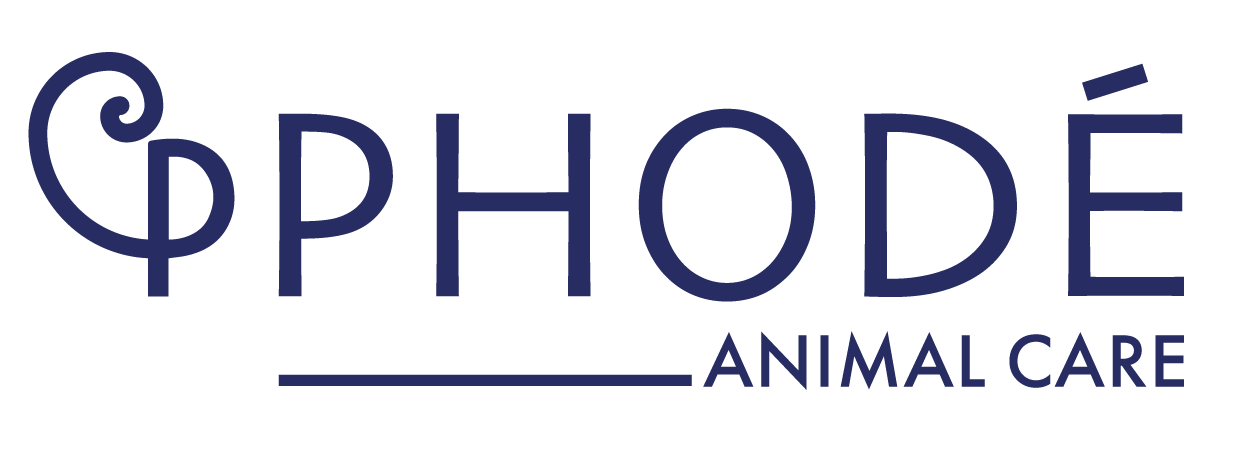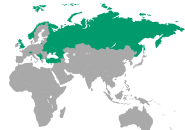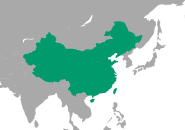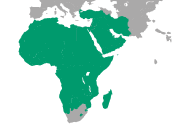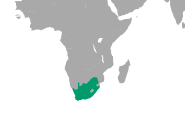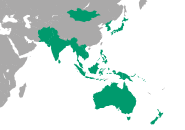Dry-off is the late gestation period, during which the cow’s lactation is stopped. This phase can last up to two months. It is as essential to prepare for calving and the new lactation that follows as it is for the health of the cow and the unborn calf. In addition, the dry period allows the body to better combat possible mastitis pathogens and also prevent the onset of metabolic diseases when lactation is resumed. Zoom in on this crucial period in the life of a good dairy cow!
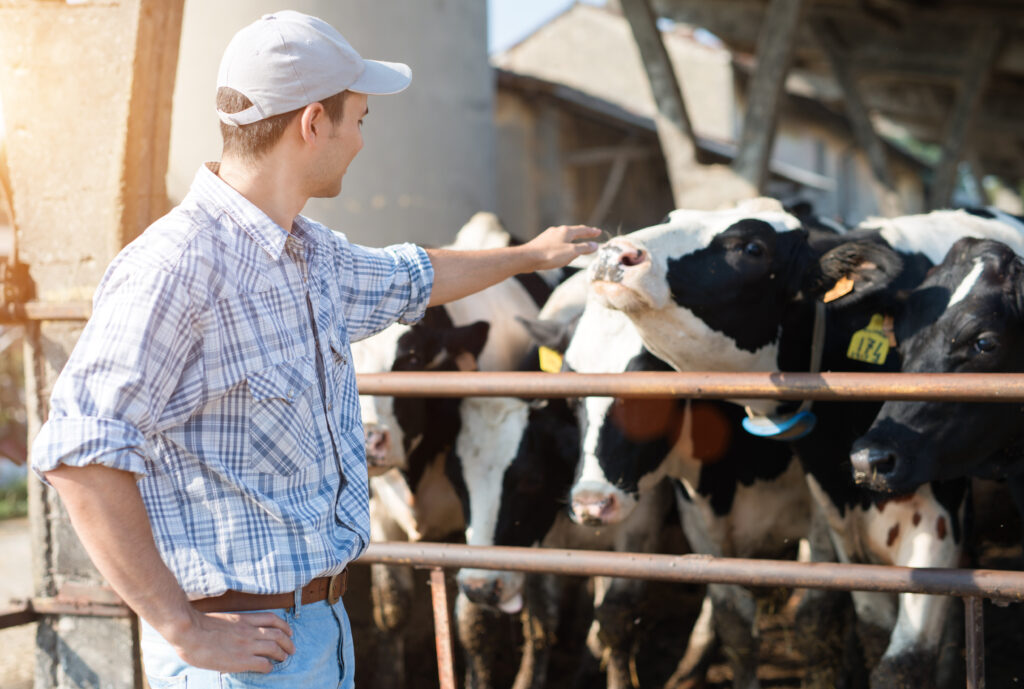
Drying up: adapting rations to the needs of the cows
The needs of the cow vary within the drying period itself. In order to promote a good lactation in the future, a meticulous follow-up of the dry cow is essential as well as a specific management strategy for the dry cow group. The ration is adapted: the cow no longer produces milk, but it must not become too lean or too fat. At the end of gestation, the needs increase for the last phase of growth of the calf in utero. However, as the calf takes up more and more space in the belly and presses on the rumen, the cow’s appetite is greatly reduced. It is therefore essential to be able to provide all the nutrients in a ration that takes less volume than usual and is therefore concentrated, to guarantee her digestive comfort.
Metabolic diseases: the pitfall to be avoided when resuming lactation
Nutritional requirements therefore vary enormously during the dry period, since the demand for production is very different: end of gestation, calving, colostrum production, and then the beginning of “lactation”. An imbalance between feed intake and the animal’s needs causes what are known as metabolic diseases, which often appear when lactation is resumed and threaten the dairy cow’s welfare. Here are two common ones.
Milk fever
Let’s take the example of calcium: necessary at a low rate at the end of gestation, the cow’s need for calcium triples just after giving birth. To cope with this increase, the body will draw on calcium from the bones and increase intestinal absorption. However, if the body is unable to meet this demand, the calcium level in the blood will drop too much, causing milk fever:
- Tetany,
- Decreased appetite and water intake,
- Lower body temperature,
- Arrhythmia, etc.
Without treatment, milk fever leads to the death of the animal. This metabolic disease is generally due to an excessive calcium intake at the end of gestation, which disrupts the body’s calcium management afterwards.
Acetonaemia
The nutritional balance required during the drying period is very specific. However, the cow’s loss of appetite at the end of gestation favours a feed intake that is too low for the cow to draw sufficient energy from its ration. Its metabolism will then break down fat cells to produce glucose and thus meet the body’s energy requirements. However, this reaction produces ketones. These, when present in too large quantities, cause acetonaemia or ketosis:
- Loss of appetite,
- Lower milk production,
- Intestinal disorders,
- Favouring the establishment of other diseases.
In order to best meet the needs of the cow, its nutritional challenges, ensure its health and comfort during this dry period, and allow the best possible resumption of lactation, very specific feeds are developed.
The dry period feeds: effective but unappetizing
A major challenge before resuming lactation is to maintain intake: nutritional requirements covered and rumen volume maintained.
Another component is to lower the DCAD (dietary cation-anion difference) of the cow. The resulting acidification of the blood allows a better mobilisation and availability of calcium and thus avoids the appearance of milk fevers.
In order to ensure all of these functions, feedstuffs are subjected to multiple nutritional prowess from the formulators. While these feats keep up with the challenge, these feeds often have difficulty being consumed. In fact, the composition feed for dry period requires compounds which by their very nature have a bad taste: magnesium chloride or anionic salts (DCAD lowering) for example. This inappetence has a counter-productive effect on ingestion, even though the latter is already challenged by many other parameters during drying up!
How can the intake of dry cow feed be maintained?
A good start to lactation relies both in good dry cow herd management and in good use of the feed during the dry period. As each formulator makes his own formulation, it is an illusion to believe that a simple flavour can get you through. The answer will have to be personalised. In order to maintain the use of these bad-tasting compounds while securing the feed intake of dry cows, specific masking flavourings are precious allies. Appetite stimulating products are also very useful to help the animal overcome the feeding challenges. Even if an flavouring or appetite stimulator does not provide nutritional value as such, they ensure the sine qua non condition of a feed to be effective: to be eaten!
